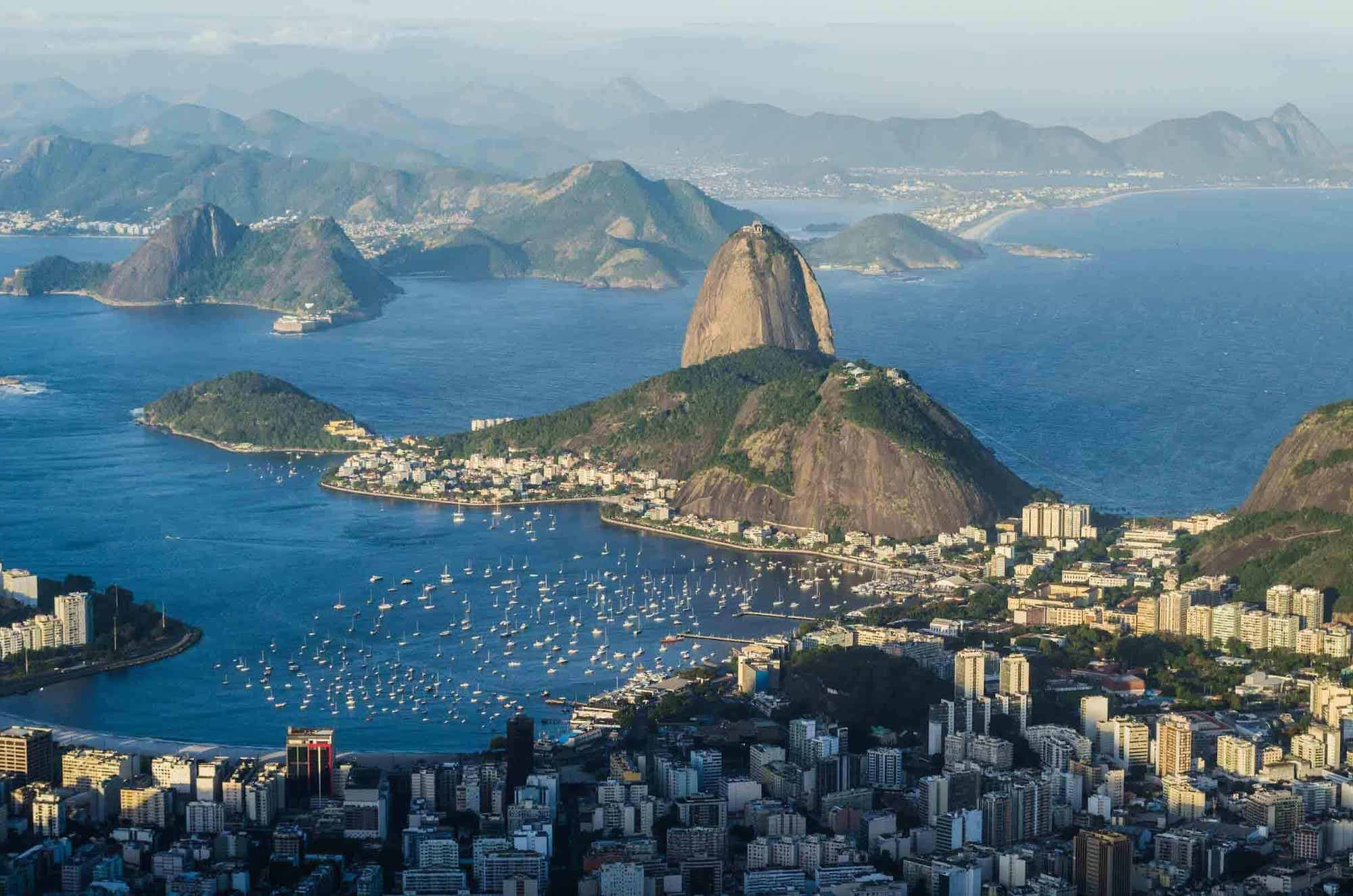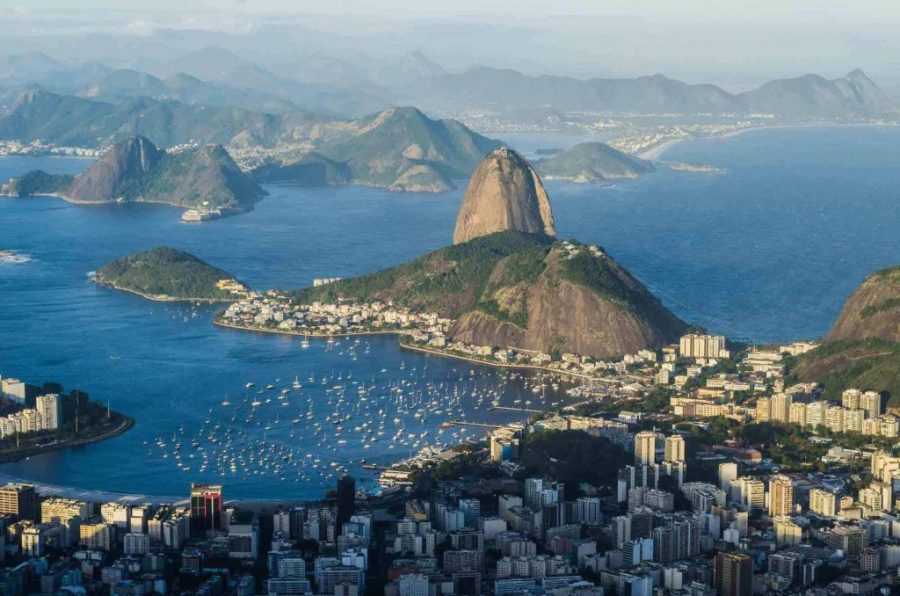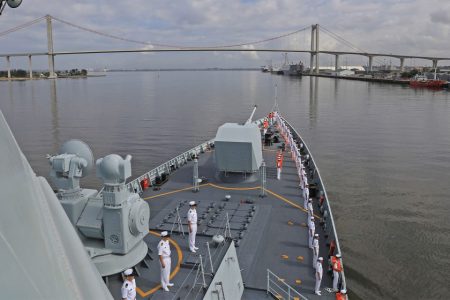The International Monetary Fund has raised its 2022 economic growth forecasts for Brazil and Portugal, while lowering those for the majority of African Portuguese-speaking countries (PSCs).
In the Latin American region, Brazil is seen growing 2.8 per cent this year, a 1.1 percentage point increase from the July estimate.
In its global economic forecasts, the IMF projects Portugal’s GDP to grow by 6.2 per cent this year, an improvement on the previous estimate of 5.8 per cent. For next year, the IMF sees the economy expanding by just 0.7 per cent, a 1.2 percentage point decrease.
Angola’s growth was revised downwards, with an expansion of 2.9 per cent now being forecast for this year, below the previous estimate of 3 per cent.
Equatorial Guinea is expected to grow 5.8 per cent this year (6.1 per cent previously), with the economic recession estimated for next year worsening to 3.1 per cent.
Mozambique and São Tomé and Príncipe had growth estimates revised downwards, from 3.8 per cent to 3.7 per cent and from 1.6 per cent to 1.4 per cent, respectively, while the forecast of 3.8 per cent growth for Guinea-Bissau was maintained.
The IMF now estimates that Cabo Verde will grow by 4 per cent, instead of the 5.2 per cent forecast in April.
For the African region as a whole, the IMF revised its growth forecast downwards, now estimating the growth of 3.6 per cent and 3.7 per cent this year and next, with inflation rising to 14.4 per cent.
In sub-Saharan Africa, it adds, the outlook is worse due to lower growth of trading partners, tighter financial and monetary conditions and a negative shift in the terms of trade in raw materials.




